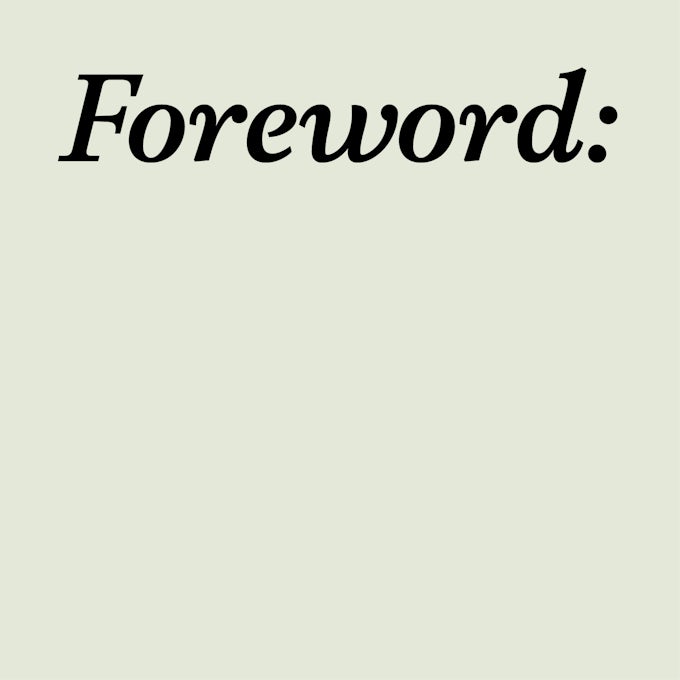Even if only cursorily, looking at this double issue’s table of content, readers of Afterall should notice at least two prominent strands. Indeed, a large part of the content that made its way into issue 55–56 results from our singular editorial process and way of working, which itself reflect specific concerns. Today, in mainstream art media, there is no shortage of artists from the Global South and whose practice engages Decolonial ideas. As a non-profit platform, operating between the art world and academia, what distinguishes us and what our hybridity, our non-compliance to standards and standardisation, our preference for heterodoxy, enable us, is to maintain a distinct approach and a singular position. Participating in different spheres of artistic and cultural discourse without fully belonging to any, disciplinary border-crossing, exiles, real and epistemological. To some extent, all things considered, it is a position similar to Edward Said’s, encapsulated in the title of his memoir – Out of Place.
This out of placeness if perhaps also a condition for the love of all places and for the recognition of differences to shape our common world. Editorially, this translates as a concern and attention to artists, works and discourses inviting us to complicate and reflect on our understanding of artistic pluralism, and a drive to rethink the transnational beyond Euro-American centrism. In this regard, several contributions in this double issue feature artists and thinkers active in Brazil and the Democratic Republic of the Congo, for whom we wish Afterall to be a shared platform and with whom critical reflections on histories repressed by Western rationality as well as new imaginaries can be articulated. This focus emerges out of our long-standing engagement with these two places developed through research trips and collaborations with, in Brazil, Amanda Carneiro (Afterall editor and curator at the Museu de Arte de São Paulo), and in the DRC with the Académie des Beaux-Arts in Kinshasa. With the many other localities discussed and practices represented here, it is our hope that this issue contribute to shape, in Said’s words, ‘a rich fabric of some sort, which no one can fully comprehend, and no one can fully own’.
